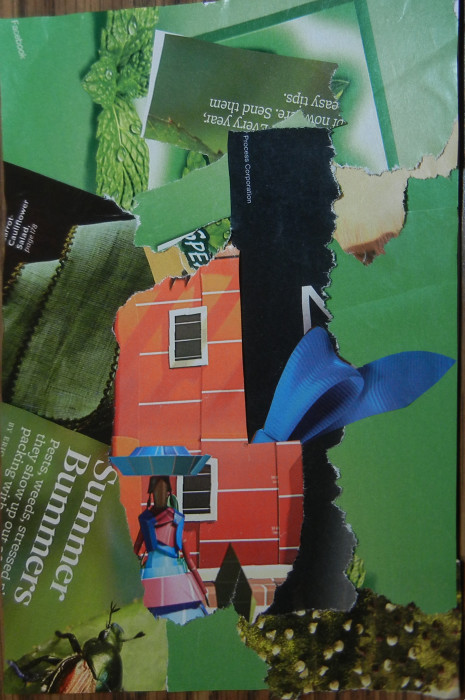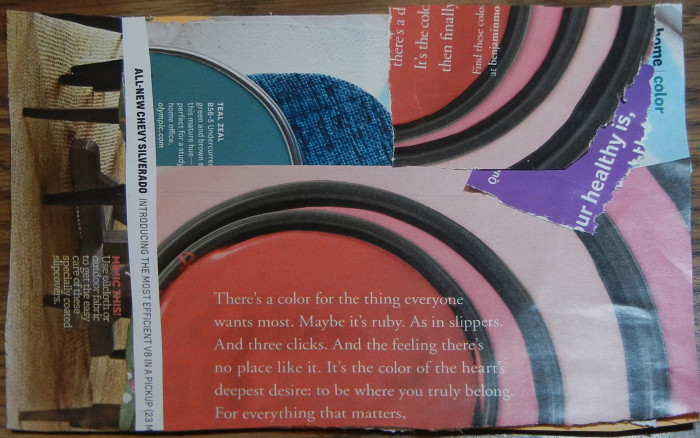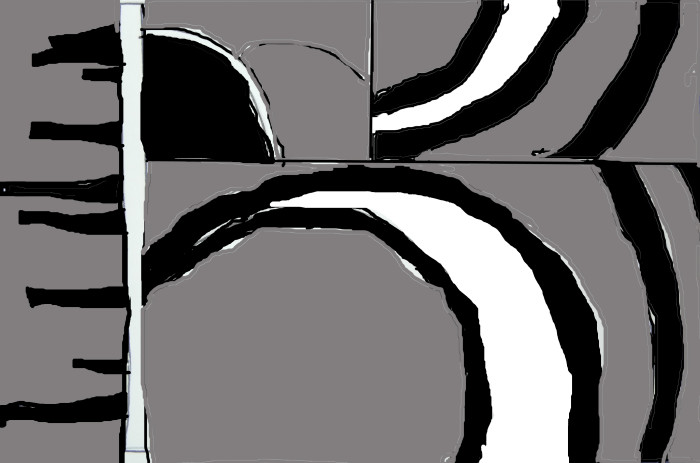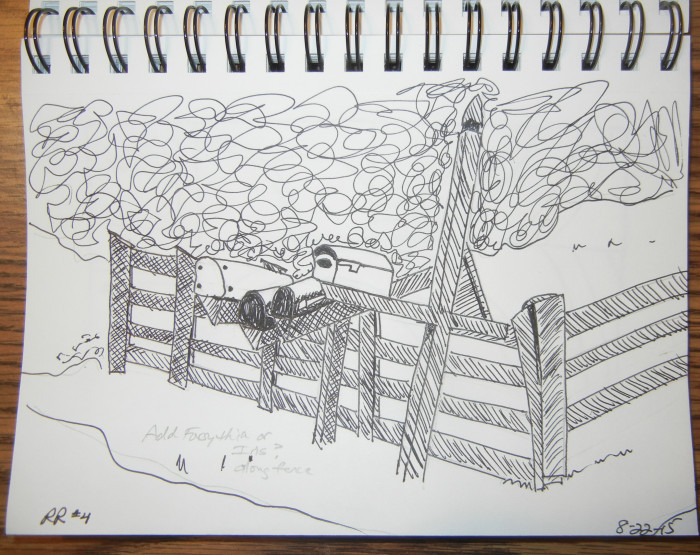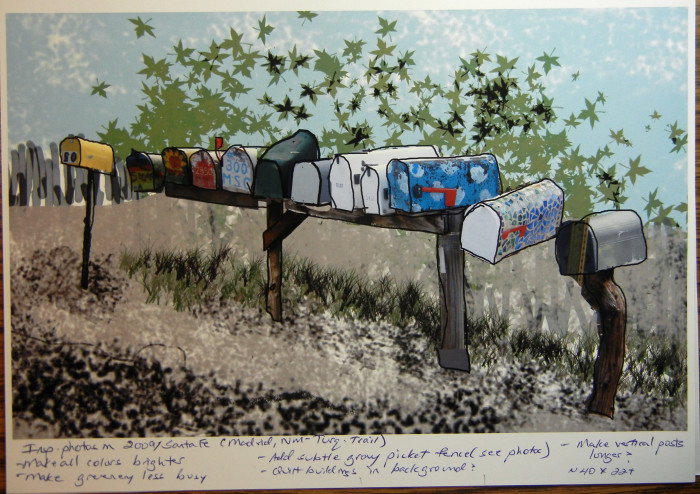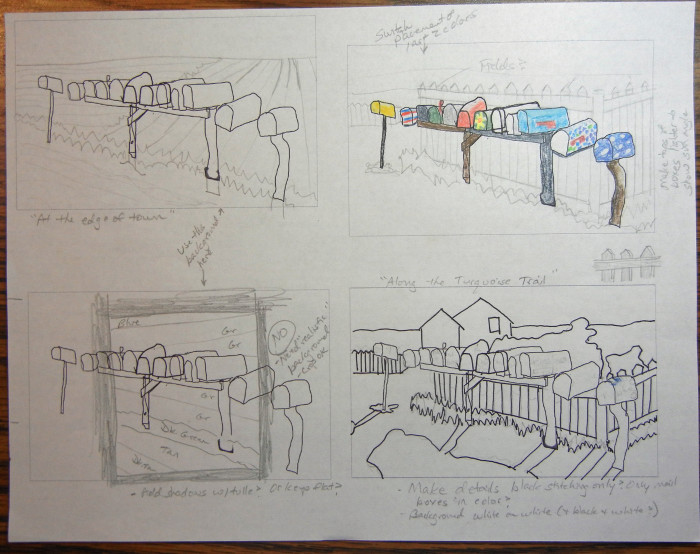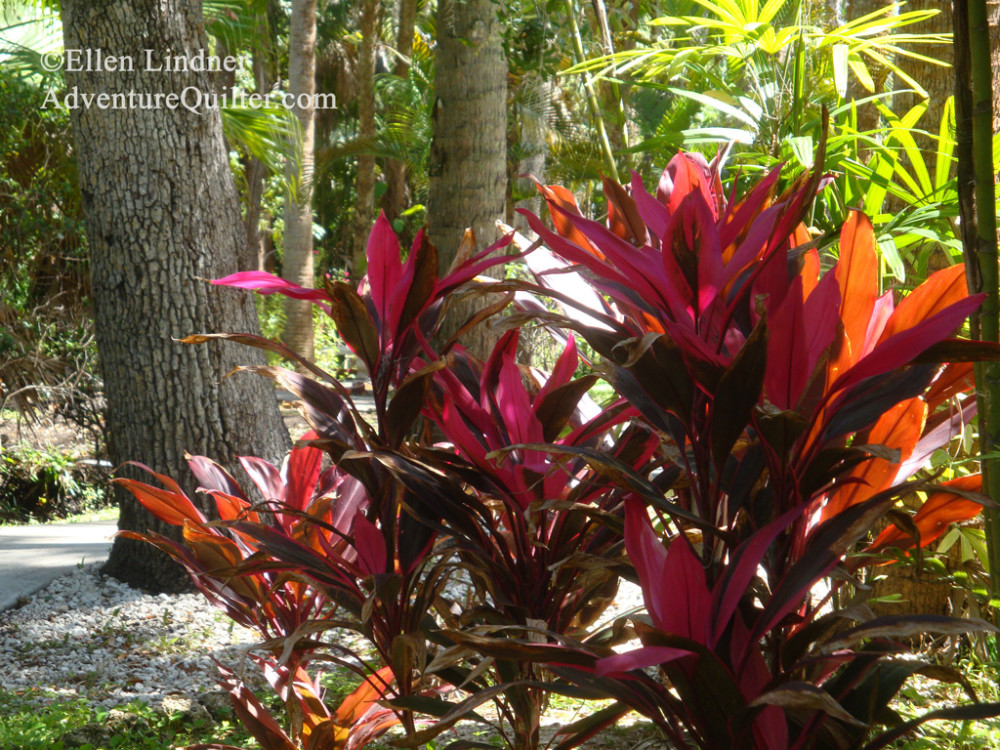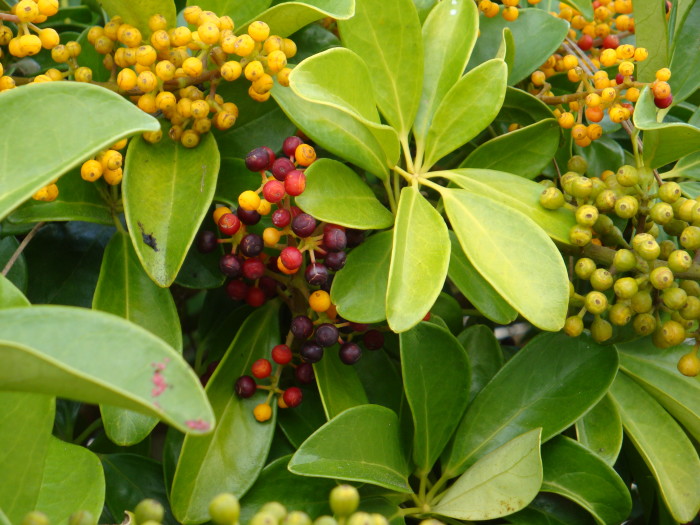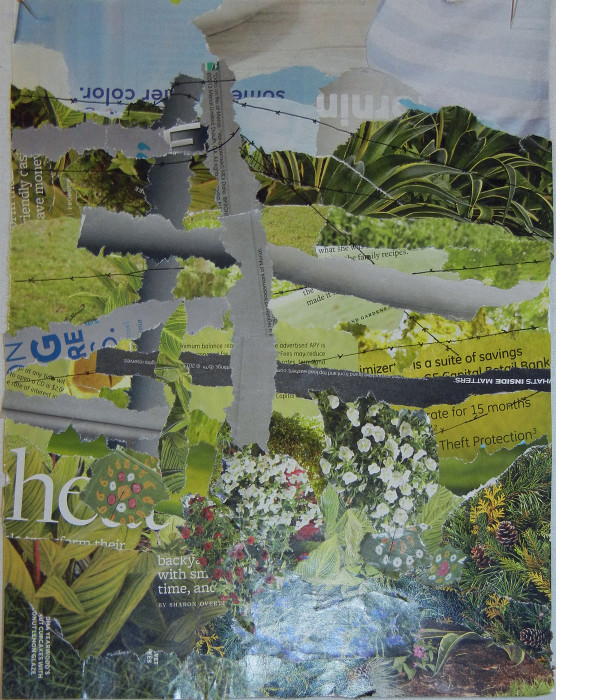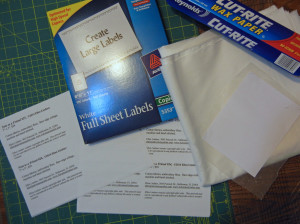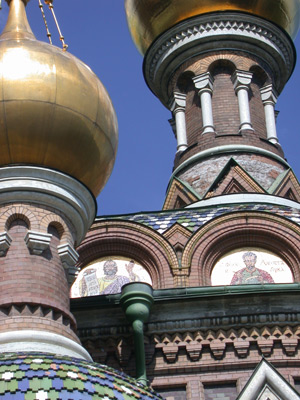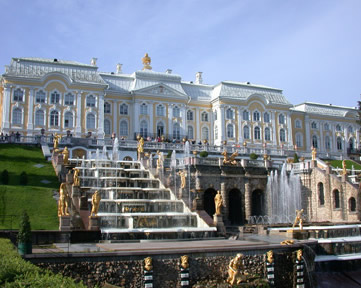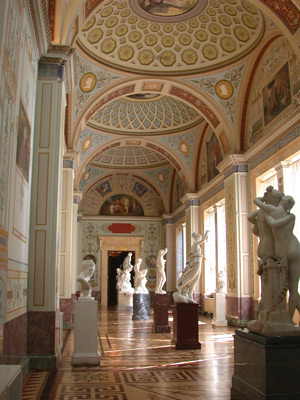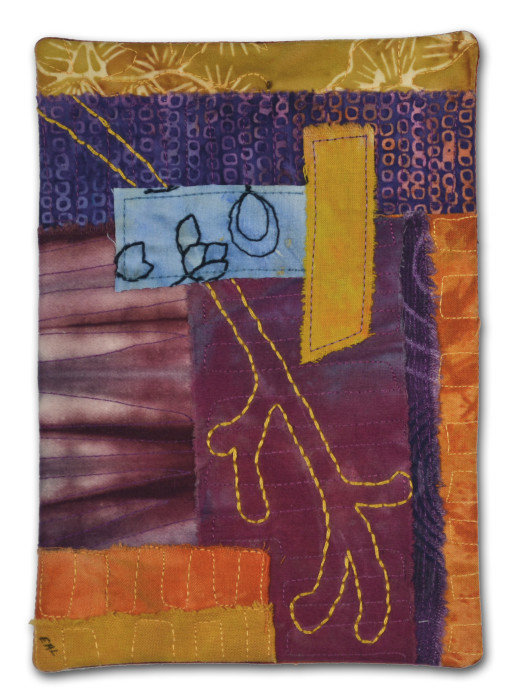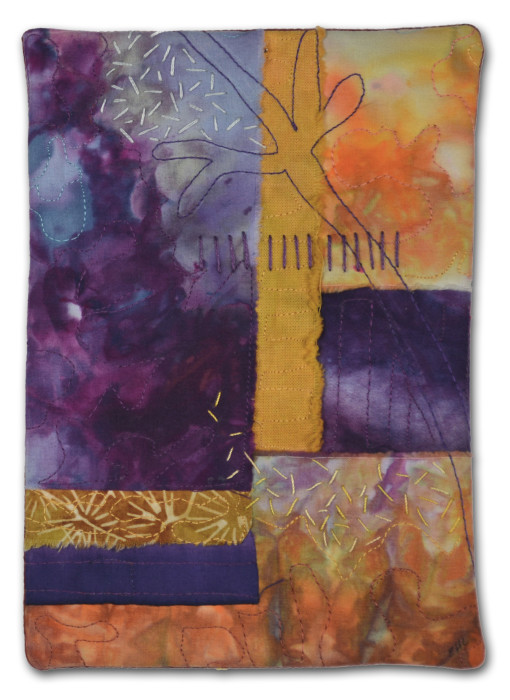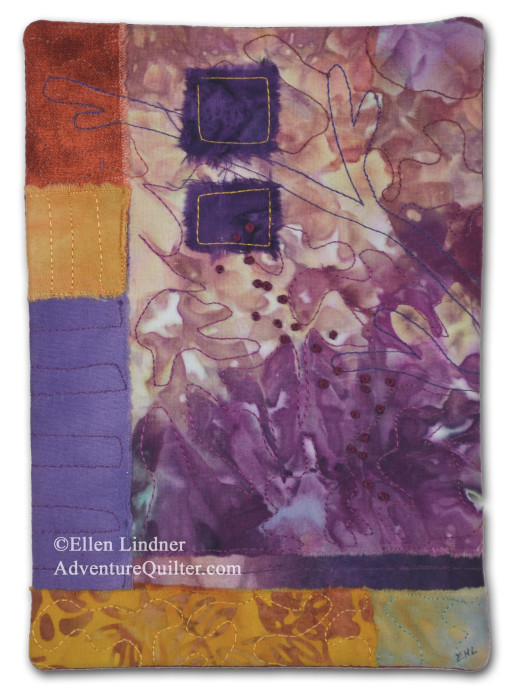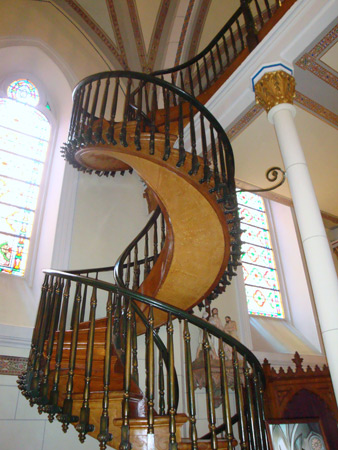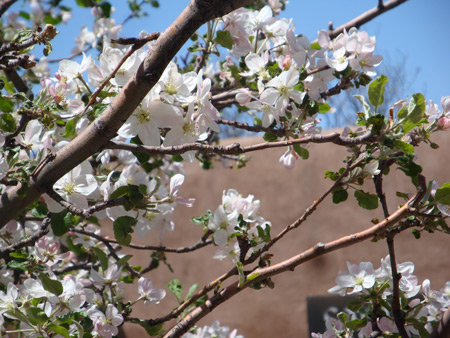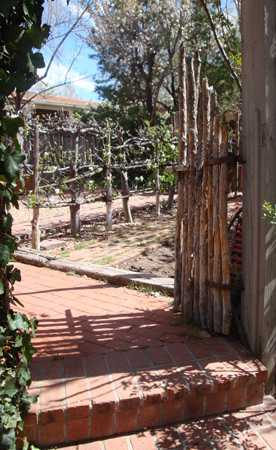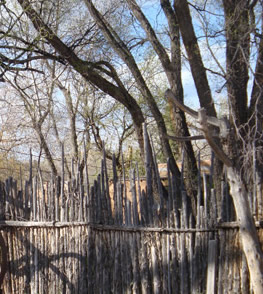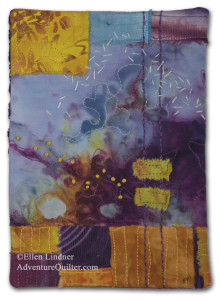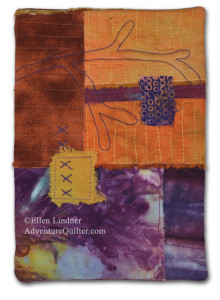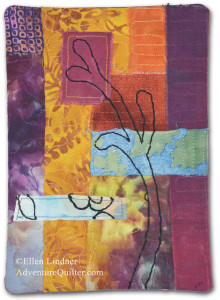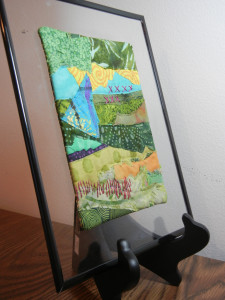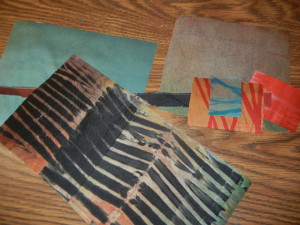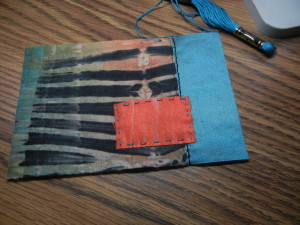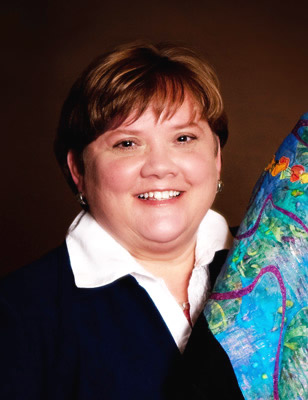As part of revamping my website, I’m moving travel articles to this blog. This one was published in 2006.
Ooh-la-la!
A Visit to Paris’ Fabric District
Just down the hill from Sacre-Coeur, lies a wonderful surprise. Nestled in the narrow streets are an abundance of fabric shops, each with their colorful wares displayed prominently on the sidewalk.
When I visited in March of 2006, there was lots of activity. Frequently, shoppers could be seen carrying large bolts of fabric, either hoisted on one shoulder, or perhaps carried by two people. I’m guessing that this large yardage was destined for drapes or such.

I did most of my shopping at Marche (Market) St. Pierre. Unlike most of the small shops, this store was five stories tall. (See below.) It was very busy on the day we were there. Among the shoppers were fashion students, who had their sketches in one hand, while they caressed fabrics with the other.
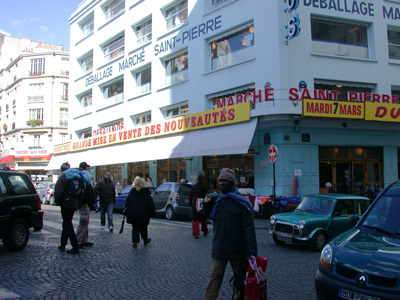
All the fabrics were on tubes, like upholstery fabric in the U.S. The tubes were arranged on large tables. (See below.) There was no cutting table anywhere in sight. Instead, there were lots of salespeople standing around, waiting to help you. Each one held a meter stick and a big pair of sheers. You would tell them what you wanted, they would cut it, and give you a handwritten slip with the price and quantity indicated.

On my visit, no one spoke English, and my French is NOT very good! I did okay until the sales lady asked me “combien?” How much? I THOUGHT I knew the correct way to say half a meter, but apparently not. She just looked at me. Then, I remembered a sign (in French) saying “Minimum cut .50 meter”. So, I motioned for her to follow me, and pointed to the sign. She asked “???” (something, in French, that I didn’t understand,) and I answered “oui!” It worked, and I got my half meter! Later, my sister had the brilliant idea of pointing to 50 centimeters on the meter stick. That worked much better! Of course, the language barrier was part of what made our visit fun, as we felt like we had gotten completely away from the “tourist track.”
I had great fun exploring all 5 floors, and making a few purchases along the way. The top floor had fabulous (and expensive) fabrics, like silks with wonderful embroidery on them. Only €120 (about $145/meter!) Another great thing about the top floor is it’s wonderful view of Sacre-Coeur. The back window is a great place to take a photo!
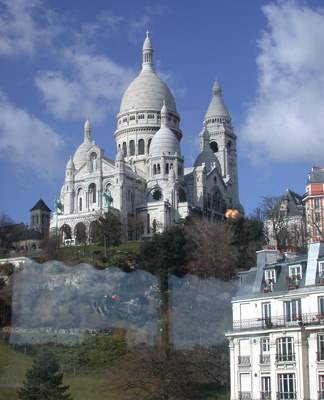
Across the street from Marche St. Pierre, was a cool trim and notions shop, called Moline. My sister and I loved the way they displayed their buttons. Each type was in a tube, with one button glued to the cap. They were all housed in a big wooden grid, which was set on point. It was a very colorful and interesting display. (See my sketch below. They didn’t allow photography.)

This same shop had a very beautiful and ingenious way to show off their multitude of trims: they had made them up into lovely samples that looked like children’s dresses. (See sketch, above.) Most shops in the district sold only fabric. Others sold only notions and trims. But no store (that I saw) sold both.
We saw another notions shop that carried American “patchwork” (quilting) fabric. These were on traditional American bolts, and were displayed in the usual American fashion. The supply was very limited, however. It made me really appreciate American quilting stores!
What a delightful side trip! I highly recommend it – to everyone. It’s very easy to find, visually stimulating, and a fun non-touristy thing to do!
If you go:
After descending the hill from Sacre-Couer, go left on the street you’re already on. The second intersection is where you’ll find Marche Saint-Pierre, at 2 rue Charles-Nodier. It’s open from 10-6:30, Tues. – Sat., and 1:30-6:30 on Mondays (except August.) From there, you can wander a few side streets, as you head back to the Anvers Metro stop. (2006 information)
Ellen Lindner
